Unlock the Secret Pricing Hack Airlines Don’t Want You to Know About Your Rewards!
Ever found yourself scratching your head, wondering just how many of those hard-earned points or miles you’ll need to snag that dream flight or swanky hotel stay? Well, buckle up—because the answer isn’t as straightforward as it once was. For decades, frequent flyer programs stuck to the good ol’ award charts, a neat little roadmap of fixed redemption costs. But lately? They’ve been shaken up by the rise of dynamic pricing—a sneaky little beast that morphs redemption prices based on demand, sometimes turning your well-planned trip into a wallet-buster overnight. It’s like trying to catch a moving train with a ticket price that can double, triple, or morph into something unrecognizable by the time you click “book.” If you’ve heard “dynamic pricing” tossed around but never quite understood what it really means for your travel plans, you’re in the right place. Let’s unpack this puzzler—why the shift, what it means for your points, and how you can outsmart the system before your next adventure.
How much will your next flight or hotel stay redemption cost?
Well, that depends on whether your program of choice uses dynamic pricing or more traditional (published) award charts.
Frequent flyer programs have been around for more than four decades, but recent years have seen a notable shift in how award tickets and hotel stays are priced.
If you’ve heard the term “dynamic pricing” before but aren’t sure what it means, here’s a quick primer.
Related: Dynamic pricing coming for tourist attractions as ugly trend spreads through travel industry
What is dynamic award pricing?
Some airline and hotel loyalty programs argue that because cash fares fluctuate significantly throughout a calendar year, offering all redemptions at fixed prices is unreasonable.
As a result, they price redemptions based on the equivalent demand for cash tickets. Pricing typically starts at rates comparable to those for standard and/or off-peak dates on award charts, but it can increase significantly during periods of higher demand.
One can argue that dynamic pricing has some benefits. Most notably, it means that all seats or hotel nights can be made available for redemptions, rather than a limited number for programs that use award charts. This makes the points or miles in that program easier to use.
However, the biggest downside of dynamic pricing is that redemption rates skyrocket during peak periods to often obscenely high amounts, making your points and miles worth far less than expected.

Daily Newsletter
Reward your inbox with the TPG Daily newsletter
Join over 700,000 readers for breaking news, in-depth guides and exclusive deals from TPG’s experts
By signing up, you will receive newsletters and promotional content and agree to our Terms of Use and acknowledge the data practices in our Privacy Policy. You may unsubscribe at any time.
Unfortunately, it’s not possible to determine the cost of a dynamically priced flight or hotel stay until you search for a specific date. It could be 100,000 points or miles one day and 200,000 the next. And without published award charts, an airline or hotel chain could suddenly decide to increase award rates with little to no warning.
This makes it difficult to plan travel and save up the required number of points and miles for your redemption, as you could be within striking distance of a flight today but tens of thousands of points or miles short tomorrow.
Related: Dynamic pricing vs. fuel surcharges — which is the lesser of 2 evils for your next redemption?
Dynamic pricing in airline redemptions
The following major airline loyalty programs have largely adopted dynamic pricing for flights they operate themselves:
Let’s examine the American Airlines AAdvantage program to illustrate how pricing can fluctuate.
Say you want to fly from New York’s John F. Kennedy International Airport (JFK) to Paris-Charles de Gaulle Airport (CDG) in June 2026 using your AAdvantage miles in business class.
Prices for the same nonstop flight vary wildly depending on which date you wish to travel, from as low as 181,000 AAdvantage miles on June 8 to 402,500 AAdvantage miles just four days later on June 12.
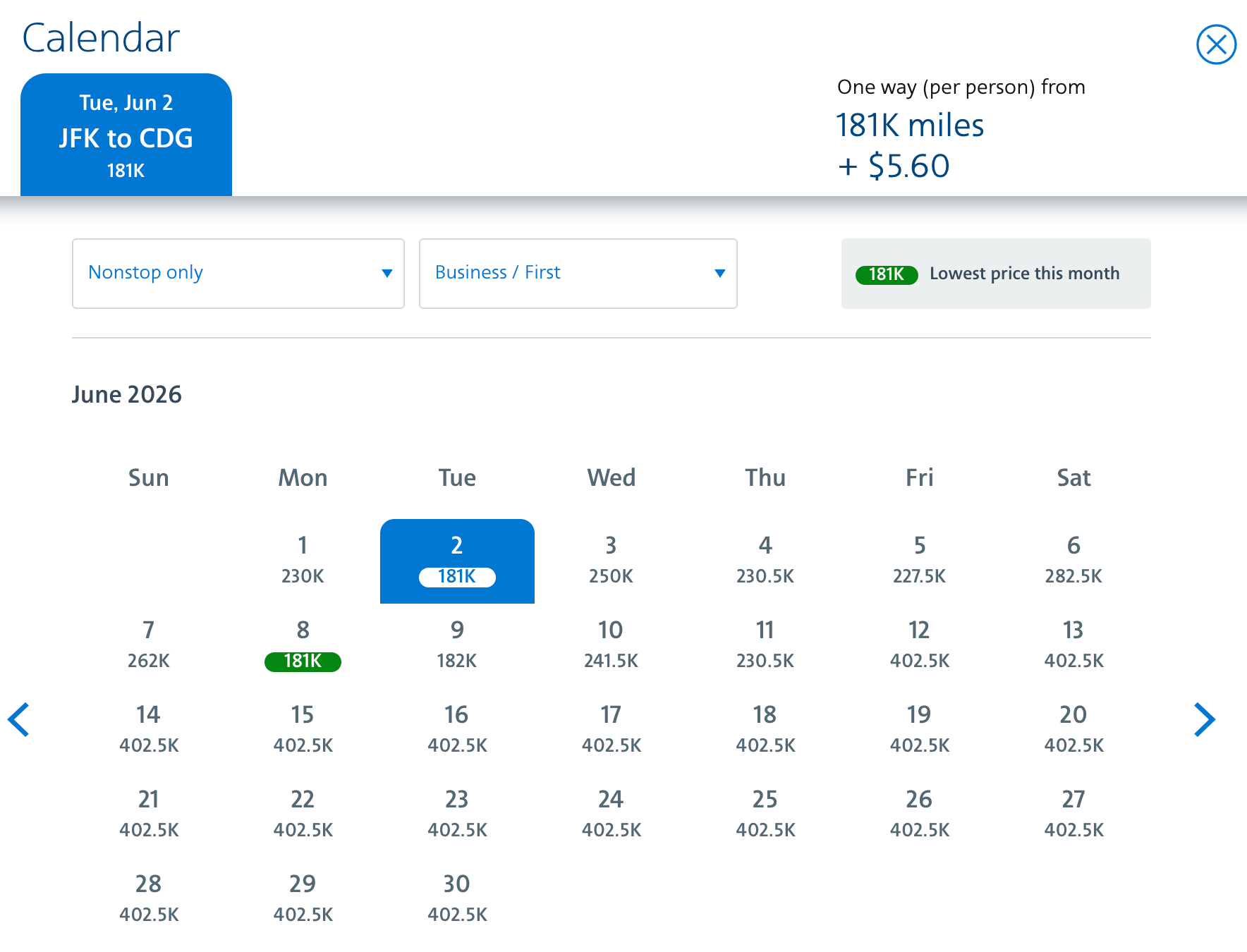
This is because American Airlines is pricing these flights according to how it anticipates demand for cash tickets. So, prices may be higher on weekends when travel is more appealing or during periods like school breaks or major holidays.
A quick check of cash prices for these flights reveals a significant difference in the cheapest nonstop cash fare for business class, which helps explain the large redemption cost difference.
1 of 2
AMERICAN AIRLINES
Dynamic pricing in hotel programs
The following major hotel loyalty programs use dynamic pricing:
Here’s how this works in practice. New York City comes alive over the December holiday period, and The Times Square Edition is a great place to soak up the festive cheer. You can book this hotel with Marriott Bonvoy points, and pricing is steep, especially in the lead-up to Christmas Day. Many nights start from around 100,000 Bonvoy points per night.
Then, in early January, when much of the excitement is over and demand is over, redemption costs drop sharply, and you can book a room for as little as 71,000 points per night.

Related: Can Edition survive without its original creative force? Marriott thinks so
Which programs still use award charts?
Many airline loyalty programs have retained award charts, including:
These programs will generally use distance-based or zone-based award charts.
Distance-based award charts categorize all flight distances into bands or categories, with prices determined by the distance and class. For example, a flight traveling up to 1,000 miles could cost 10,000 miles, while a flight that covers 1,001 to 2,000 miles could cost you 15,000 miles. You calculate the distance of the flight you want to book (using a tool like Great Circle Mapper) and then find the corresponding band or category to see the price charged.
Zone-based award charts allow you to fly from anywhere in one zone (for example, the U.S.) to anywhere in another zone (for example, Europe) for a defined price. A short flight, such as Boston Logan International Airport (BOS) to Dublin Airport (DUB), would cost the same as a much longer flight, like Los Angeles International Airport (LAX) to Athens International Airport (ATH) in Greece. Therefore, you can maximize your travel by taking longer flights within the region or zone pairs.
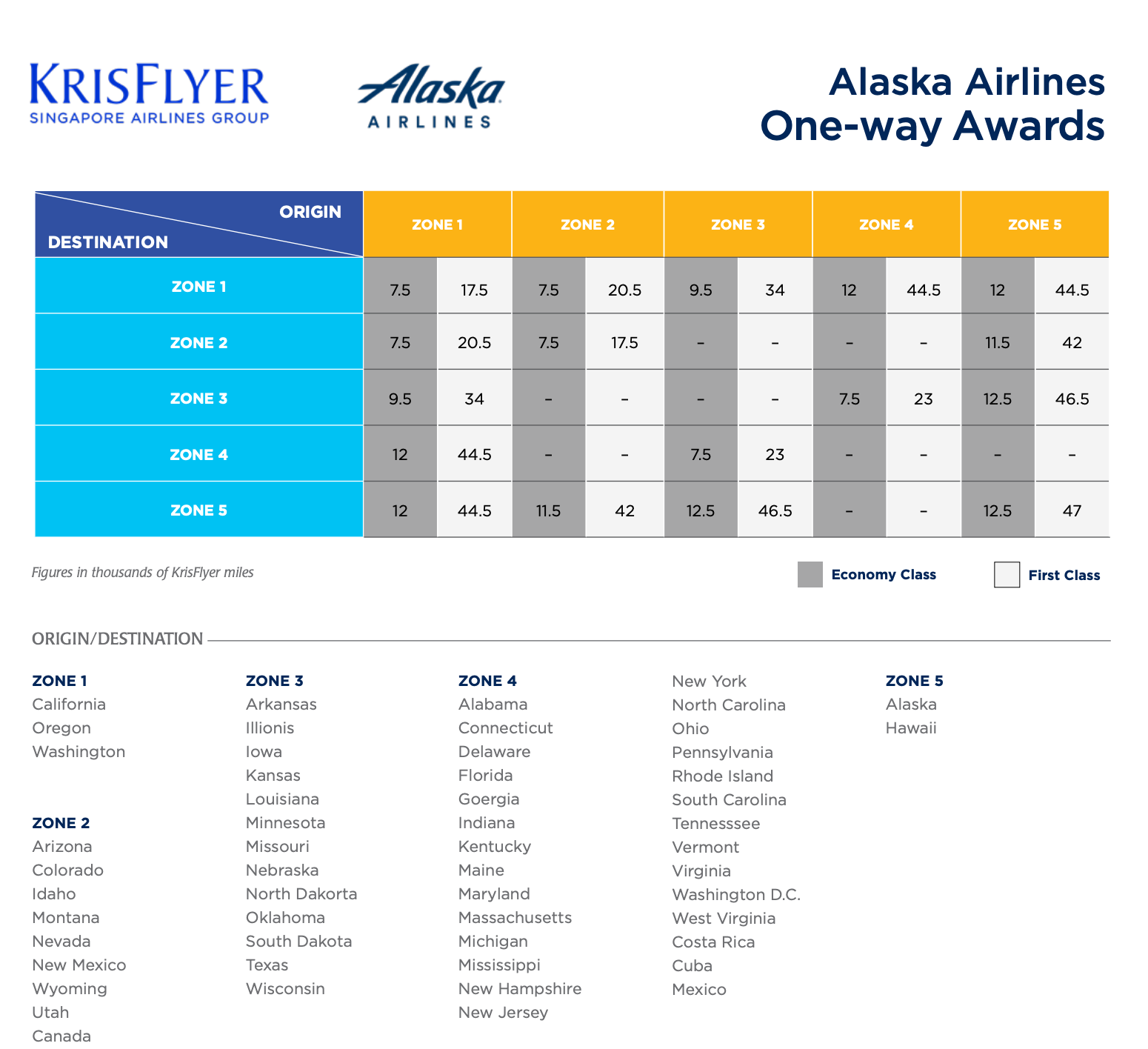
On the hotel side, World of Hyatt has retained award charts (excluding Mr & Mrs Smith properties, which are priced dynamically), classifying each participating property from Category 1 to 8. It also has a separate all-inclusive award chart, and while it does periodically update these categories, you nevertheless have a clear published goal when crafting your strategy to earn enough points for your trip.
For both airline and hotel programs, even published award charts have some variation. There may be peak and off-peak dates, with higher prices on the dates with higher demand (like school holidays). Additionally, some programs have restricted inventory for the lowest-priced awards but open up additional seats at higher levels once those seats have been sold. This is a great option for those willing to pay a little more to ensure they get the exact seat on the specific date they want.
However, one thing is typically true with published award charts: Assuming there’s availability, members will always know what they will need to pay for their next redemption.
How to beat dynamic pricing
If you don’t want any nasty surprises when you next search for an award flight or hotel night, there are several ways to beat dynamic pricing:
- Check partner pricing to see if the award you want is available at fixed rates if flying with a partner airline rather than the airline operating the program.
- Book through a partner program instead.
- Consider seasonal flights during the shoulder season.
- Look for redemption specials.
- Leverage credit cards or elite status perks that offer discounts on select awards.
For example, most Delta Air Lines American Express cards offer at least 15% off Delta-operated award tickets, while many popular United Airlines credit cards offer effective discounts through its expanded award availability benefit.
Bottom line
Many airline and hotel loyalty programs have shifted to dynamic pricing models for using your points and miles. In short, this means the award price you pay can vary from day to day — sometimes by massive amounts.
Dynamic pricing can be a shock when a flight or hotel you are searching for is suddenly double (or triple) the price you were expecting. If you are traveling outside of popular times, you can still find a bargain, but if you wish to travel during peak holiday periods, you may be charged significantly more for the privilege.
By understanding this pricing approach — and familiarizing yourself with ways to beat it — you can make the most of your travel rewards.
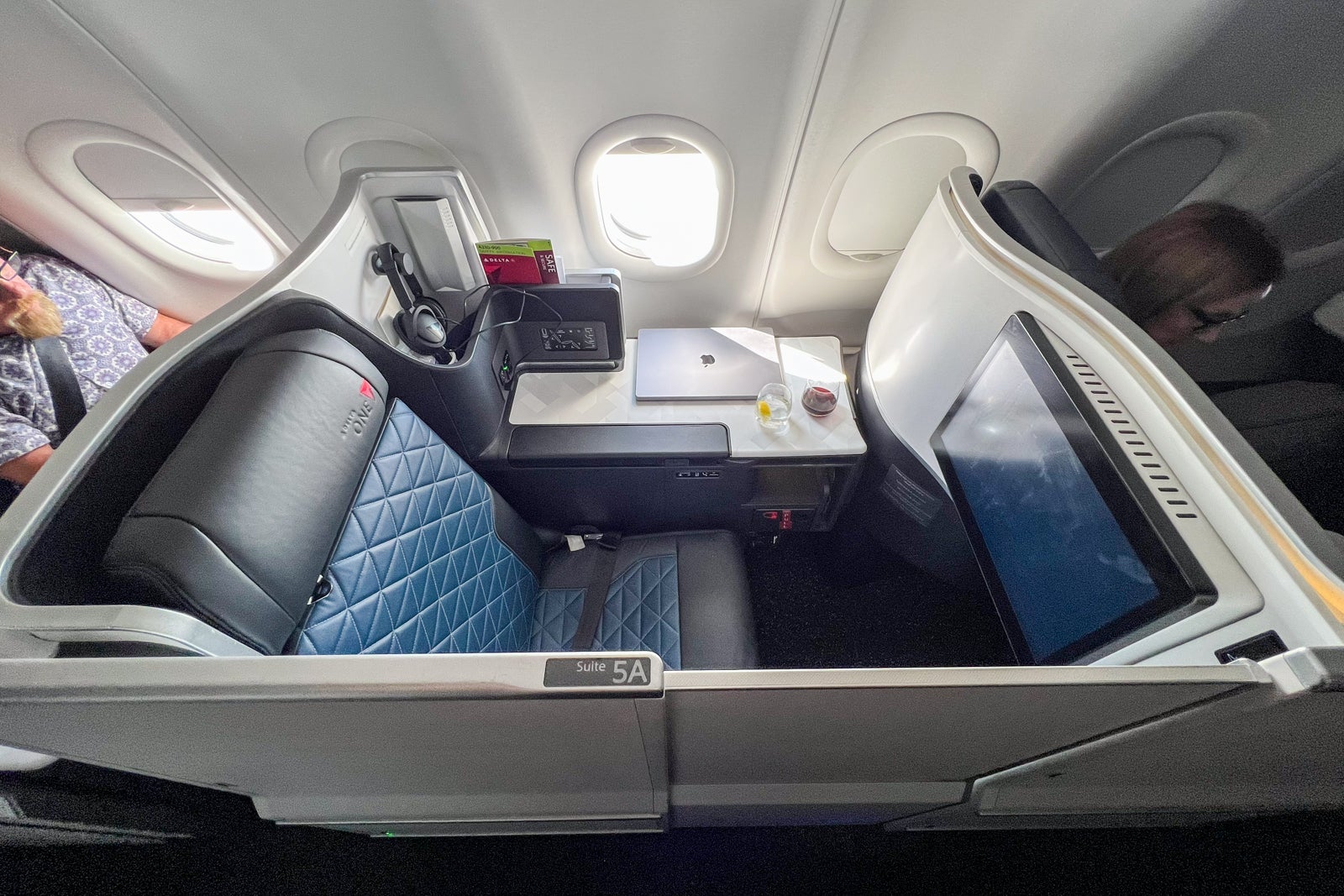
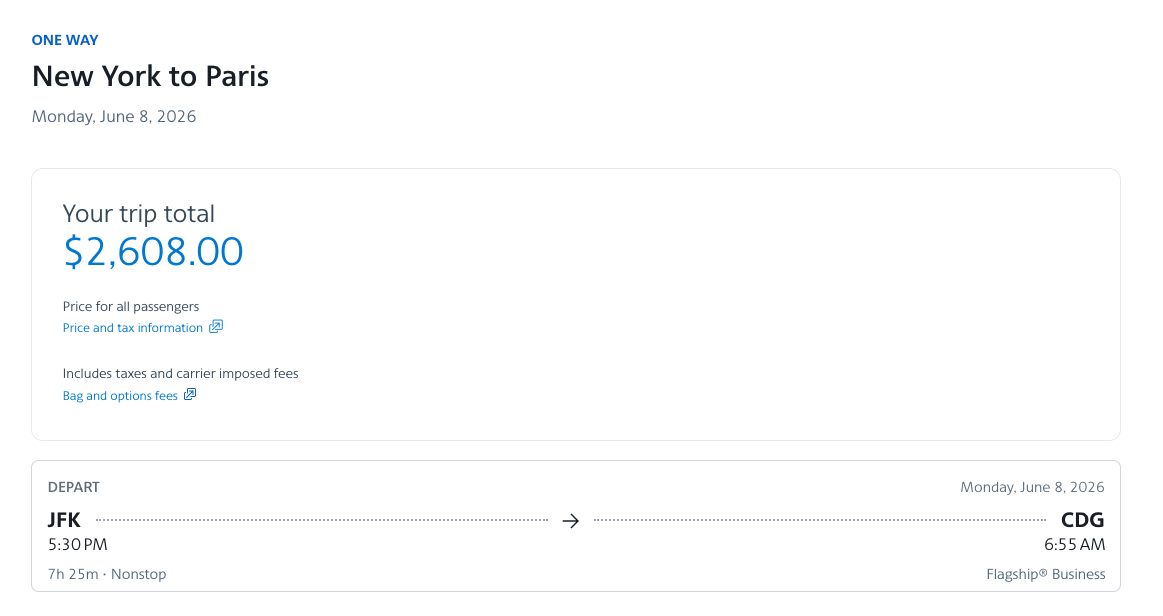
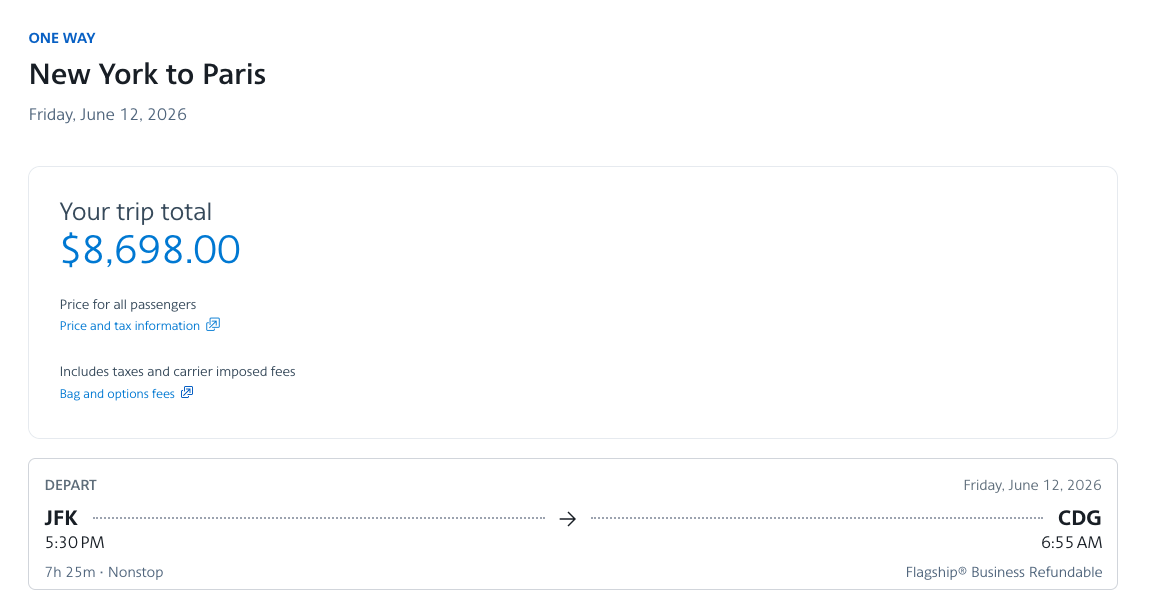





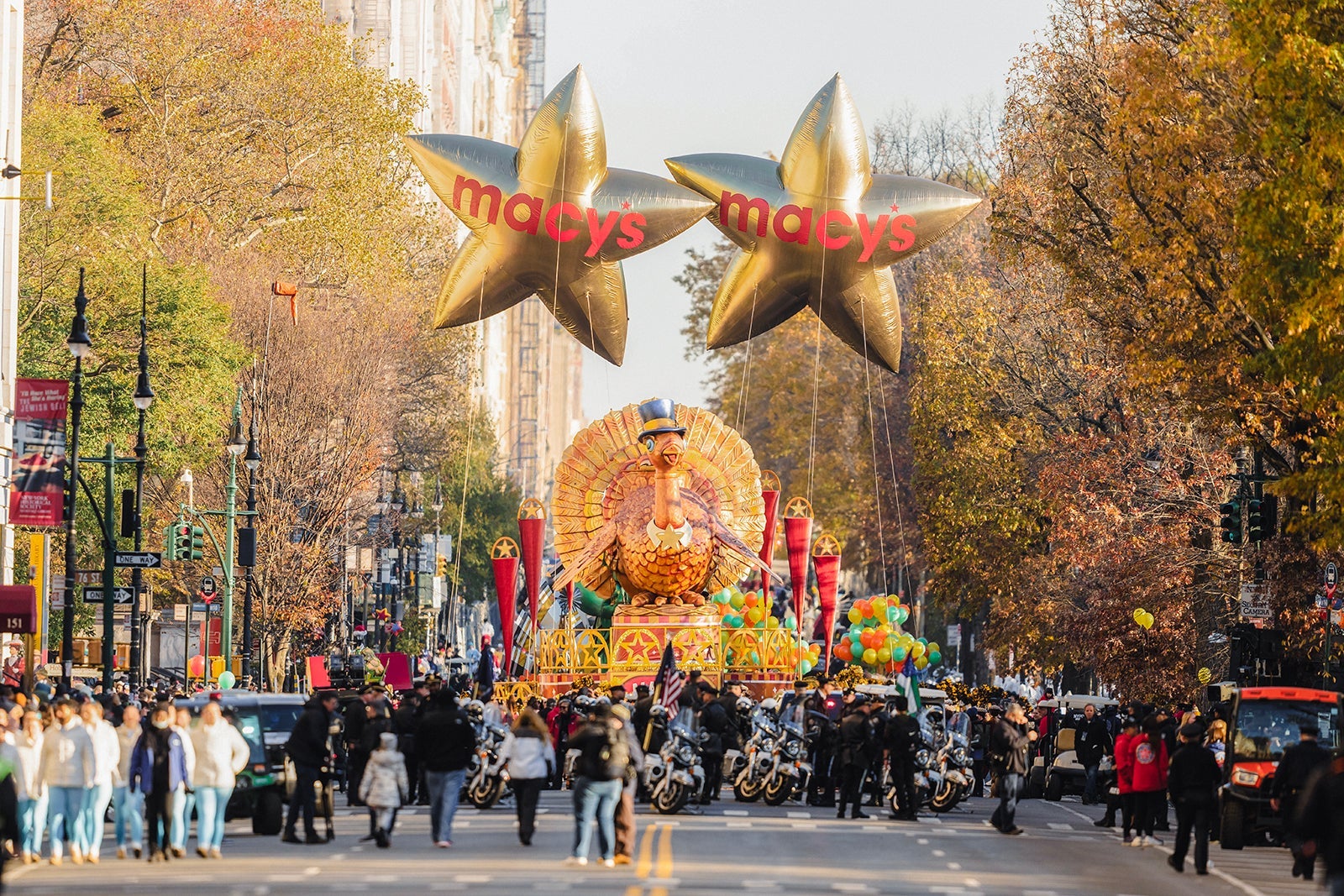













Post Comment